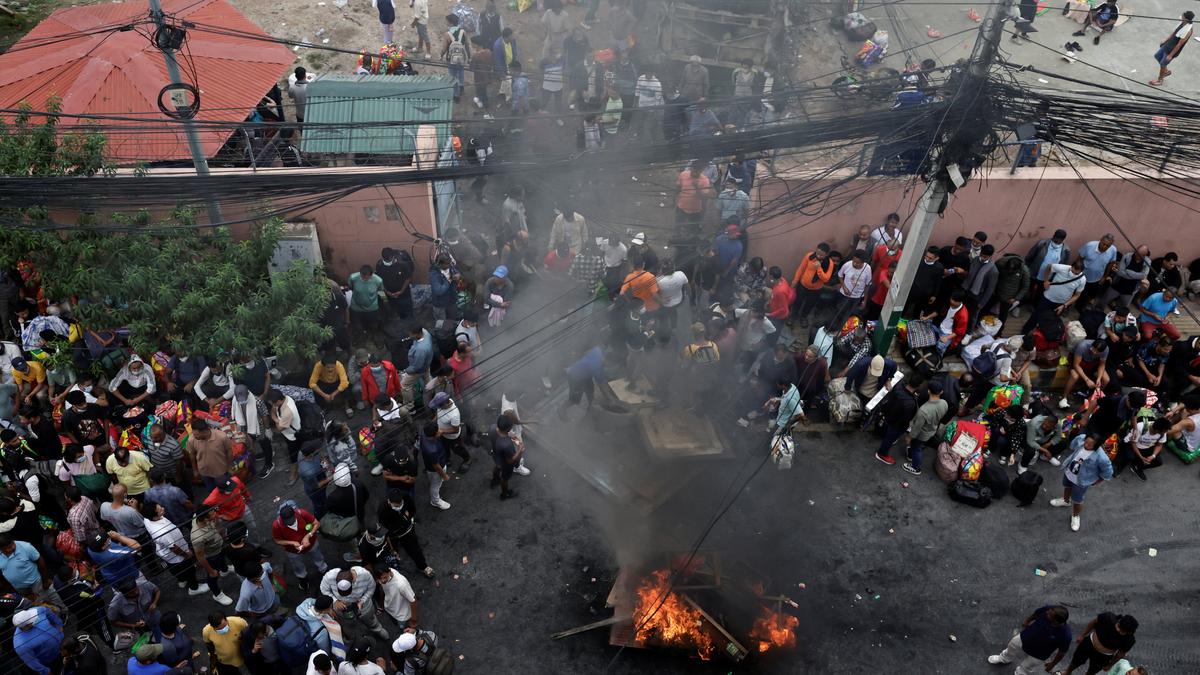540 Indian Prisoners Still Missing After Nepal’s Gen Z Protests — A Stark Test of State Control

Kathmandu — Five weeks after Nepal’s massive Gen Z protests triggered the country’s largest-ever prison break, 540 Indian nationals who escaped from various prisons remain unaccounted for, raising serious questions about cross-border security, governance capacity, and law enforcement coordination.
According to official data released by Nepal’s Department of Prison Management on Sunday, October 12, 2025, a total of around 13,000 inmates broke out of multiple prisons nationwide on the second day of the anti-government Gen Z protests, held on September 9. So far, 7,735 of them have either been rearrested or have voluntarily returned. But more than 5,000 Nepali citizens, 540 Indians, and 108 other foreign nationals are still on the run.
The Home Ministry has issued nationwide alerts and public notices urging escaped prisoners to surrender, while intensifying coordination with security forces and border agencies. A senior security official, speaking on condition of anonymity, admitted, “Some may have fled across the border into India. We’ve increased monitoring in border districts and are working with Indian authorities.”
The prison break was triggered during two days of unprecedented youth-led protests in Kathmandu on September 8 and 9, during which 76 people were killed. Amid the chaos on September 9, riots erupted inside several prisons, enabling mass escapes. Ten prisoners died during clashes with security forces.
On September 28, the government announced that 7,735 inmates had been brought back under control, but thousands—including hundreds of foreign nationals—remain untraced. In a recent operation, 22 Nepali escapees were caught near the Uttar Pradesh border. However, Indian authorities have not issued any official public statement regarding their citizens still missing in Nepal.
Former senior police officer Navin Kumar Ghimire described the incident as “not merely a spontaneous riot, but a structural failure,” warning that the escape of foreign nationals presents a “serious transnational crime risk.” Human rights activists and security analysts say the episode has exposed chronic weaknesses in Nepal’s prison management and border control systems—issues that have long been overshadowed by political instability.
The Gen Z protests brought down the government, but institutional reforms have lagged behind. Civil society voices have questioned why prison and border security upgrades remain slow, despite the scale of the crisis. The Home Ministry says a special task force has been formed to track fugitives, and international coordination is being strengthened.
For Nepal, the unresolved disappearance of hundreds of foreign inmates is more than a policing challenge—it is a test of state capacity, cross-border diplomacy, and the credibility of its law-and-order apparatus.




![From Kathmandu to the World: How Excel Students Are Winning Big [Admission Open]](https://nepalaaja.com/index.php/img/70194/medium/excel-college-info-eng-nep-2342.jpg)
